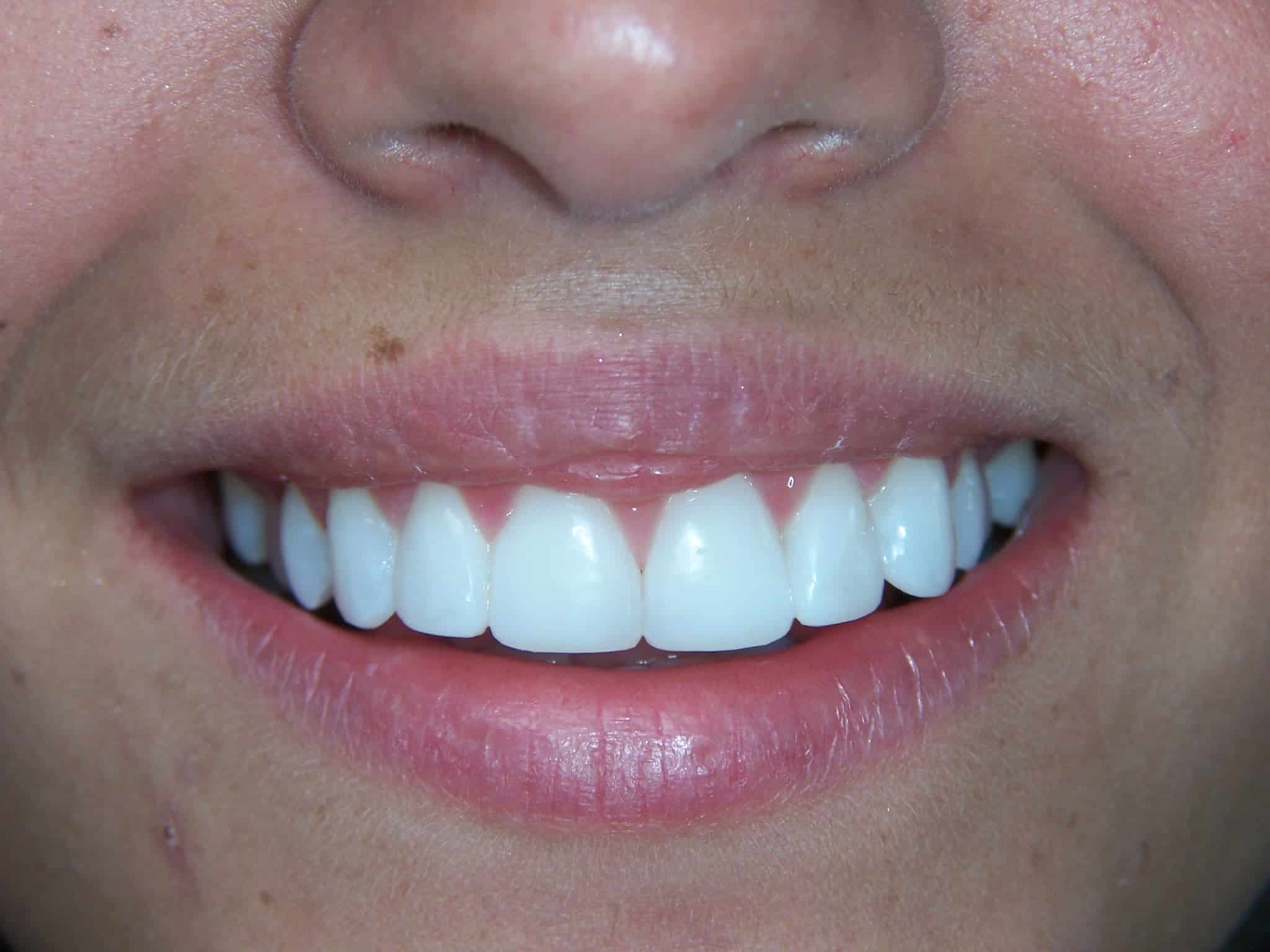Call: (630) 812-7929
Get a Perfect Smile with Cosmetic Dental Bonding: Everything You Need to Know


Introduction to Cosmetic Dental Bonding
If you’re not happy with your smile, cosmetic dental bonding may be a good option for you. Bonding can improve the appearance of your teeth by changing their color, shape, or size. It can also be used to close gaps between teeth or to make them look longer.
Bonding is usually done in one visit to the dentist. The procedure is relatively quick and painless, and it doesn’t require anesthesia. First, the dentist will select a bonding material that matches the color of your teeth. Then, he or she will roughen up the surface of your teeth so that the bonding material will adhere better.
After that, the dentist will apply the bonding material to your teeth and shape it into the desired form. Once the bonding material has hardened, he or she will trim and polish it so that it blends in with your natural teeth.
The whole process usually takes less than an hour, and the results are immediate. Bonding can last for several years before it needs to be touched up or replaced.
What Is Involved in the Procedure?
The dental bonding procedure is quick and easy and can be done in just one visit to the dentist. First, the tooth or teeth that will be receiving the bonding treatment will be cleaned and prepared. Next, a putty-like resin material will be applied to the tooth or teeth, and then shaped and molded to create the desired results. Once the resin has been properly shaped, it will then be hardened with a special light. The bonded area will be polished for a natural-looking finish.
Benefits of Cosmetic Dental Bonding
If you are unhappy with the appearance of your smile, cosmetic dental bonding may be a good option for you. Bonding can improve the look of your teeth by changing their shape, color, or size. It can also be used to close gaps between teeth or to make them look longer. Bonding is usually done in one office visit and does not require anesthesia. The procedure is relatively inexpensive and can last for several years with proper care.
Cost of Cosmetic Dental Bonding
The cost of cosmetic dental bonding will vary depending on the severity of your case and the number of teeth that need to be treated. However, in general, the average cost of cosmetic dental bonding is between $300 and $600 per tooth.
Aftercare Instructions for Cosmetic Dental Bonding
Once your cosmetic dental bonding procedure is complete, it is important to take care of your teeth and gums to ensure the longevity of your new smile. Here are some aftercare instructions to follow:
-Brush and floss your teeth regularly. Be sure to use non-abrasive toothpaste to avoid damaging the bonding material.
-Avoid eating hard or chewy foods that can break the bond or damage your teeth.
-See your dentist for regular checkups and cleanings.
-If you have any questions or concerns, be sure to contact your dentist right away.
Risks and Potential Complications of Cosmetic Dental Bonding
While cosmetic dental bonding is a generally safe and effective procedure, there are some risks and potential complications that should be considered before undergoing treatment. These include:
-Allergic reactions: Some people may be allergic to the materials used in dental bonding, which can cause swelling, redness, and itching. If you have any allergies, be sure to tell your dentist before treatment.
-Chipping or breaking: Bonded teeth are more susceptible to chipping or breaking than natural teeth. Be sure to avoid hard foods and chewing on hard objects (ice, pens, etc.) to reduce the risk of damage.
-Staining: The materials used in dental bonding can sometimes absorb stains from food and drink. This is more likely to happen if you smoke cigarettes or drink coffee or tea regularly.
Alternatives to Cosmetic Dental Bonding
If you’re not interested in cosmetic dental bonding, there are a few alternatives that can help you achieve a perfect smile. These include:
- Porcelain veneers: Porcelain veneers are thin, custom-made shells that are bonded to the front of your teeth. They can be used to correct a wide variety of cosmetic dental issues, including gaps, chips, and discoloration.
- Teeth whitening: Teeth whitening is a popular alternative to cosmetic dental bonding for those who want to brighten their smile. There are a variety of teeth whitening products and procedures available, so it’s important to talk to your dentist about which option is right for you.
- Dental implants: Dental implants are a permanent solution for missing teeth. A titanium post is surgically implanted into your jawbone, and then a porcelain tooth is attached to the post. Dental implants look and function just like natural teeth and can be an excellent alternative to cosmetic dental bonding for those who are missing one or more teeth.
- Invisalign: Invisalign is a clear plastic aligner that gradually moves your teeth into the desired position over time. It’s an excellent alternative for those who want to straighten their teeth without metal braces.
- Dentures: Dentures are artificial teeth that can be used to replace one or more missing teeth. They come in both partial and full forms
Conclusion
Cosmetic dental bonding is an effective and affordable way to get a perfect smile. It can help correct small imperfections in your teeth, such as chips or discoloration. It’s also a great option for those who are looking for quick results without undergoing more invasive treatments. With proper care, you can expect your cosmetic dental bonding to last anywhere from 3-10 years! If you’re interested in learning more about getting a perfect smile with cosmetic dental bonding, be sure to speak to your dentist today.





